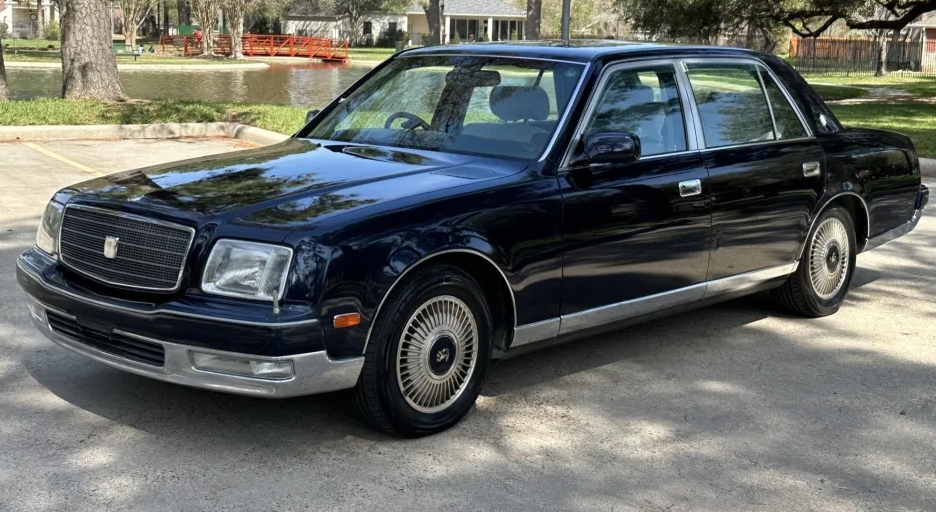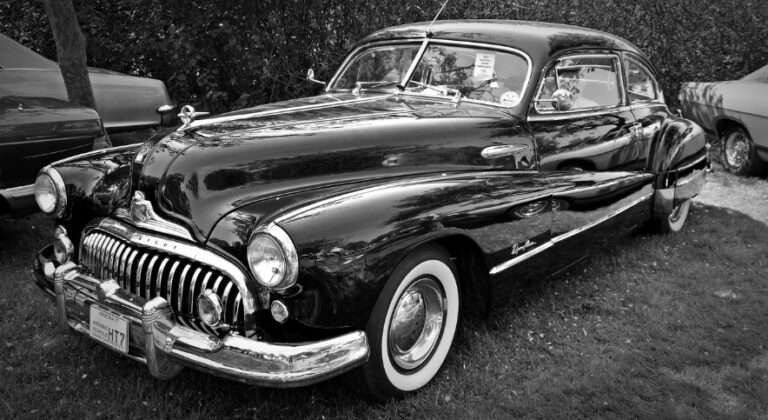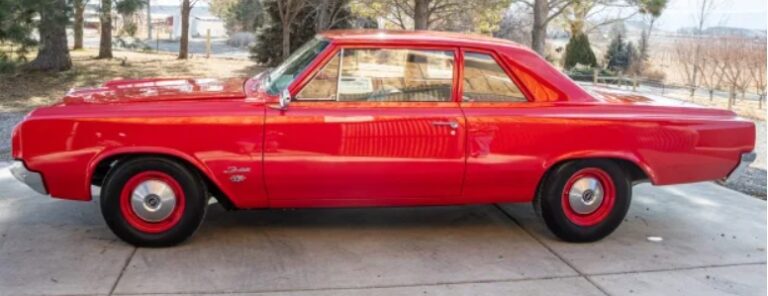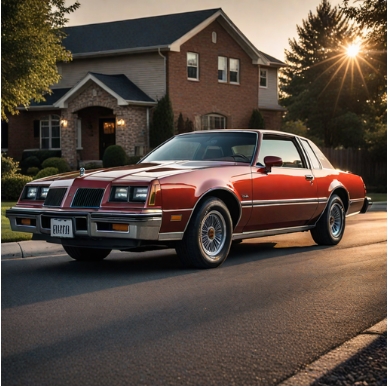The Emperor’s Carriage: A Chronicle of the Toyota Century’s Evolution
In the rarefied air of automotive royalty, where opulence, craftsmanship, and understated luxury reign supreme, the Toyota Century stands as an unassailable icon. For decades, it has served as the definitive limousine for Japan’s most discerning clientele – corporate titans, influential politicians, and even the Imperial family. Unlike its European counterparts, which often shout their status from the rooftops, the Century whispers it, a testament to a design philosophy that prioritizes quiet dignity and unparalleled comfort. This is not a car that seeks attention; it commands it through its sheer presence and the meticulous attention to detail that defines its every curve and component.
The story of the Toyota Century is one of deliberate evolution, a testament to Toyota’s commitment to refinement rather than radical reinvention. It is a narrative woven with threads of tradition, technological advancement, and an unwavering dedication to providing the ultimate chauffeured experience. Let us embark on a journey through time, tracing the remarkable evolution of this automotive emperor’s carriage.
The Genesis: The First Generation (G10) – 1967-1997
The birth of the Toyota Century in 1967 was not a sudden explosion of innovation, but rather a considered response to a growing need for a luxury vehicle that reflected Japan’s post-war economic resurgence. Toyota, already a titan in the mainstream automotive market, aimed to create a car that would embody prestige, reliability, and a uniquely Japanese interpretation of luxury. The G10 Century was conceived as a direct competitor to established luxury marques, but with a distinct emphasis on its passengers’ comfort and the sophisticated engineering that underpinned its operation.
The first-generation Century was directly inspired by the late 1950s Rolls-Royce Silver Cloud, a nod to the pinnacle of automotive luxury at the time. Its design was stately and conservative, a deliberate choice to project an image of gravitas and timeless elegance. Chrome accents, a prominent grille, and clean, upright lines defined its exterior.
Under the bonnet, the G10 was powered by a 2.6-liter V8 engine, codenamed 3R-B, producing approximately 125 horsepower. This was a significant undertaking for Toyota, marking their first foray into V8 production. The engine was designed for smooth, effortless power delivery, prioritizing torque for effortless acceleration and cruising. Later iterations of the G10 saw the introduction of the larger 3.0-liter 3V V8 engine in 1973, followed by the 4.0-liter 5V V8 engine in 1978, further enhancing its power and refinement.
The interior of the G10 was a sanctuary of opulence. Customers could choose from a range of plush upholstery options, including wool and leather, meticulously stitched and fitted. The cabin was designed with the rear-seat passenger firmly in mind. Generous legroom, ample shoulder room, and a focus on acoustic insulation ensured a serene and private environment. Features like a tilt-adjustable steering wheel, an AM/FM radio, and power windows were standard, reflecting the luxury aspirations of the era.
Throughout its remarkably long production run, the G10 Century received several updates and facelifts, ensuring it remained relevant in an evolving automotive landscape. These updates primarily focused on mechanical enhancements, safety features, and minor styling tweaks.
Key Models and Trim Levels (G10 First Generation):
Toyota Century (1967-1997): This was the singular model name for the first generation.
While there wasn’t a distinct “trim level” in the conventional sense of modern cars, variations existed primarily through engine upgrades and optional features. These optional features often included:
Air conditioning (initially a dealer-installed option, later integrated)
Power-adjustable rear seats
Rear reading lamps
Higher-grade interior materials
Specific wheel cover designs
The G10 Century’s longevity was a testament to its enduring design and its ability to consistently meet the demands of its discerning clientele. It was a car that exuded quiet authority, a symbol of accomplishment and refined taste.
The New Millennium, The New Century: The Second Generation (G20) – 1997-2017
The year 1997 marked a significant turning point for the Toyota Century. After a commendable 30-year run, the G10 was retired, making way for a completely redesigned second generation, the G20. While the core philosophy of understated luxury and passenger comfort remained, the G20 embraced a more modern aesthetic and significantly advanced technological integration.
The exterior of the G20 retained the essence of its predecessor – a dignified and imposing presence. However, the lines were softened, featuring more rounded contours and a more aerodynamic profile. The grille became slightly larger and more assertive, while the headlights and taillights adopted a more contemporary design. Despite these updates, the G20 still exuded a timeless quality, avoiding fleeting fashion trends.
The most significant mechanical evolution for the G20 was the adoption of a 5.0-liter V12 engine, the 1GZ-FE. This was a monumental leap, positioning the Century as a true luxury flagship. The V12 engine was renowned for its silky-smooth power delivery, near-silent operation, and immense torque. It produced around 280 horsepower (electronically limited to maintain smooth power) and an impressive 355 lb-ft of torque, providing effortless acceleration and effortless cruising even at high speeds. This engine choice solidified the Century’s place among global luxury sedans.
The interior of the G20 was where the true magic unfolded. Toyota doubled down on its commitment to rear-seat luxury. The cabin was a masterclass in ergonomic design and premium materials. Plush leather upholstery, fine wood trim, and ample sound deadening created an oasis of tranquility. The rear seats were engineered for ultimate comfort, featuring:
Power-adjustable recline and lumbar support: Allowing passengers to find their optimal seating position.
Massaging functions: A feature that was truly ahead of its time for a Japanese-produced vehicle.
Ottomans: Extending footrests for unparalleled relaxation.
Individual climate control zones: Ensuring personalized comfort for each occupant.
Integrated refrigerator: For chilling beverages.
Premium entertainment systems: Including rear-seat screens and audio controls.
The driver’s cockpit was equally well-appointed, though clearly secondary to the rear passenger experience. High-quality materials, intuitive controls, and a comprehensive suite of driver aids ensured a refined and safe driving experience. Features like a sophisticated navigation system, adaptive cruise control, and advanced safety technologies were gradually integrated throughout the G20’s lifespan.
Key Models and Trim Levels (G20 Second Generation):
Toyota Century (1997-2017): Similar to the first generation, the second generation was primarily known by its singular model name. However, significant advancements in technology and luxury features were introduced over its 20-year production run. The “trim levels” were more about the evolution of features and optional packages available within the Century model. These included:
Standard Specification: Offering the core luxurious amenities.
Optional Packages: Which could add features like enhanced entertainment systems, additional electronic aids, and bespoke interior finishes.
Model Year Updates: Each year brought subtle improvements in technology, safety, and refinement, often including new infotainment options, more advanced driver assistance systems, and updated interior trim choices.
The G20 Century continued the tradition of being the ultimate expression of Japanese automotive refinement and luxury. It was a car that was built to be driven, but more importantly, built to be experienced from the plush embrace of its rear seats.
The Future, Rooted in Tradition: The Third Generation (G60) – 2018-Present
In 2018, after two decades on the market, the venerable G20 Century was finally succeeded by the third generation, the G60. This was a moment of significant anticipation, as the automotive world wondered how Toyota would evolve its most prestigious model for the modern era while preserving its cherished essence.
The G60 Century retained the iconic silhouette of its predecessors, a deliberate choice to maintain its unmistakable identity. However, the design was subtly modernized with sharper lines, a more prominent grille, and updated LED lighting. The overall impression was one of refined elegance, a car that still commanded respect without being ostentatious. The dimensions remained generous, ensuring ample interior space.
Perhaps the most significant shift in the G60’s evolution was the powertrain. While the V12 engine was a defining characteristic of the G20, the G60 embraced a more environmentally conscious and technologically advanced approach by adopting a hybrid powertrain. This comprised a 5.0-liter V8 engine paired with an electric motor, delivering a combined output that offered both potent performance and improved fuel efficiency. This move reflected the global trend towards electrification in the luxury segment, while still providing the smooth, powerful, and silent operation expected of a Century.
The interior of the G60 Century represents the zenith of Japanese automotive luxury and technological integration. Toyota continued its unwavering focus on rear-seat comfort and passenger pampering. The cabin is a meticulously crafted space featuring:
Premium leather and wood finishes: Sourced from the finest materials and expertly applied.
Ergonomically designed rear seats: Offering advanced adjustability, massage functions, and heating/cooling options.
State-of-the-art infotainment system: With large, high-resolution screens and intuitive controls, often with bespoke interfaces for rear passengers.
Advanced sound insulation: To create an unparalleled level of quietness within the cabin.
Sophisticated climate control systems: Providing personalized comfort zones throughout the interior.
Enhanced driver assistance and safety features: Incorporating the latest advancements in automotive technology.
The G60 Century is a testament to Toyota’s ability to blend tradition with innovation. It respects the legacy of its predecessors while embracing the demands of the modern luxury market. It is still the ultimate chauffeured automobile, offering an experience that is both deeply traditional and undeniably contemporary.
Key Models and Trim Levels (G60 Third Generation):
Toyota Century (2018-Present): Like its predecessors, the G60 Century is offered under the singular model name. Toyota’s approach to “trim levels” for the Century continues to be more about the integration of advanced features and optional packages rather than distinct model designations. These include:
Standard Configuration: Which is already exceedingly well-equipped with the hybrid powertrain and a high level of luxury appointments.
Optional Features and Customization: Customers can further personalize their Century with a range of bespoke options, from specific interior material choices and color palettes to custom audio systems and specialized equipment. Toyota often works closely with customers to tailor the vehicle to their exact preferences.
.
THIS is GOOD stuff if your car is in need:

.
The Enduring Legacy of the Emperor’s Carriage
The Toyota Century’s evolution is a fascinating study in automotive history. From its humble beginnings as a V8-powered sedan inspired by British luxury to its current iteration as a V12 or hybrid marvel of engineering and comfort, the Century has always remained true to its core principles. It is a car that prioritizes substance over flash, refinement over raucous performance, and the unparalleled comfort of its occupants above all else.
The Century is more than just a car; it is a statement. It speaks of quiet confidence, unwavering dedication to quality, and a deeply ingrained respect for tradition. In a world often captivated by the loudest and most flamboyant, the Toyota Century continues to quietly reign, a true emperor’s carriage, its legacy as enduring as the craftsmanship that defines it. Its journey, from the G10 to the G60, is a testament to Toyota’s mastery of luxury, proving that true automotive royalty doesn’t need to shout to be heard.







